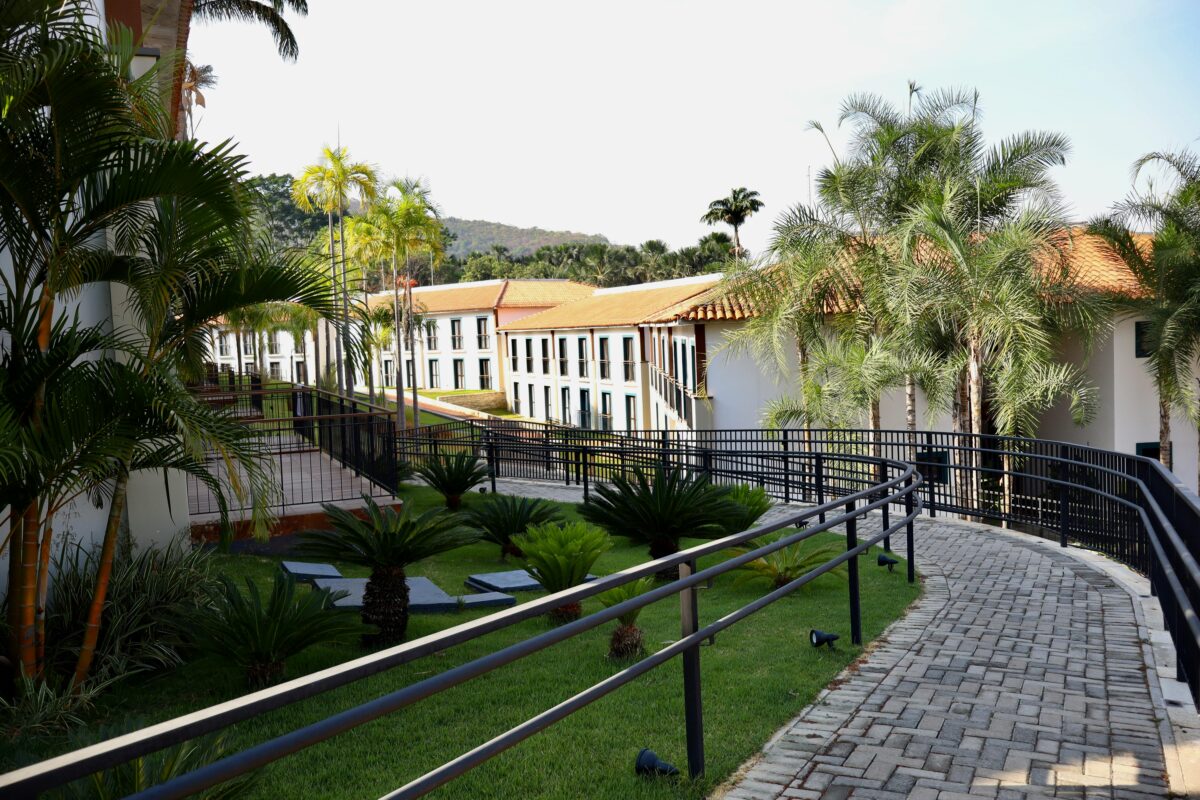A paved garden offers a unique opportunity to create a vibrant outdoor space, even in smaller areas like patios or balconies. Incorporating plants in pots allows for versatility and creativity, transforming hard surfaces into lush, inviting environments. This article will guide you through various plant ideas, design arrangements, and maintenance tips to help you cultivate a thriving container garden. Whether you are a novice or an experienced gardener, these practical suggestions will inspire you to make the most of your paved garden.
Paved gardens are ideal for urban dwellers or those with limited yard space, providing a low-maintenance alternative to traditional gardens. Here are some compelling reasons to consider this setup:
- Space Efficiency: Paved areas maximize the use of small spaces while allowing for diverse plant selections.
- Easy Maintenance: Container gardening requires less weeding and can be easier to manage than in-ground gardens.
- Mobility: Pots can be rearranged to adapt to seasonal changes or personal preferences.
- Soil Control: You can choose the soil type and quality, ensuring optimal growing conditions for your plants.
#1 Best Plants for Pots on Paved Gardens
Choosing the right plants is crucial for a successful container garden. Here are some top recommendations, spanning various categories:
Evergreen Options
- Boxwood (Buxus): Low maintenance and can be shaped easily. Prefers partial to full sun.
- Japanese Holly (Ilex crenata): Hardy and adaptable, thrives in well-drained soil and partial shade.
Flowering Plants
- Petunias: Vibrant and colorful, they flourish in full sun and need regular watering.
- Geraniums: These hardy flowers love sunlight and require minimal care; deadhead spent blooms for continued flowering.
- Lavender: Aromatic and drought-resistant, it thrives in well-drained soil and full sun.
Edible Plants
- Cherry Tomatoes: Ideal for pots, they require at least 6 hours of sunlight and regular watering.
- Herbs (Basil, Thyme, Rosemary): Great for culinary use, they thrive in sunny spots and well-draining soil.
Wildlife-Friendly Choices
- Bee Balm (Monarda): Attracts pollinators and thrives in full sun to partial shade.
- Black-eyed Susan (Rudbeckia): Easy to grow and attracts butterflies; prefers sunny locations.
#2 Design Ideas
Effective arrangement of pots can significantly enhance the aesthetic of your paved garden. Here are some strategies to consider:
Layering Heights
- Use taller plants at the back or center of arrangements, with shorter ones in front to create depth.
- Incorporate hanging pots or wall-mounted planters to add vertical interest.
Color Coordination
- Choose a color palette that complements your outdoor space; consider using contrasting or harmonious colors for visual appeal.
- Mix flowering and foliage plants to maintain interest throughout the seasons.
Functional Groupings
- Group herbs together for easy access when cooking, or cluster flowering plants for a vibrant display.
- Consider pot materials—ceramic, metal, or plastic—based on your aesthetic preference and plant needs.
#3 Steps For Planting and Caring of Pots
Successful container gardening involves proper planting and ongoing care. Follow these steps to ensure your plants thrive:
Soil Preparation
- Choose a high-quality potting mix designed for container gardening.
- Ensure pots have drainage holes to prevent waterlogging.
Light Requirements
- Assess the light conditions of your paved garden—most flowering plants and vegetables prefer full sun (6-8 hours daily).
- Position shade-loving plants in areas that receive filtered sunlight.
Watering Needs
- Water pots thoroughly until water drains from the bottom; ensure soil remains moist but not soggy.
- Adjust watering frequency based on weather conditions—more frequent watering may be necessary during hot spells.
#4 Seasonal Care Checklist for Paved Gardens with Pots
Maintaining your paved garden throughout the seasons is essential for plant health. Here’s a seasonal checklist:
Spring
- Clean pots and refresh soil.
- Fertilize with a balanced, slow-release fertilizer.
- Start planting annuals and vegetables.
Summer
- Regularly check for pests and diseases.
- Water consistently, especially during heat waves.
- Deadhead spent blooms to encourage new growth.
Autumn
- Trim back perennials and prepare for winter.
- Move pots into sheltered areas if frost is expected.
- Consider planting fall flowers for extended color.
Winter
- Protect pots from freezing temperatures by wrapping them or moving them to a sheltered location.
- Check moisture levels; pots can dry out in winter winds.
- Plan for spring planting while reviewing successes and challenges from the past year.
#5 Common Problems
Even experienced gardeners encounter challenges. Here’s how to address common issues:
Pests
- Inspect plants regularly for signs of pests like aphids or spider mites.
- Use insecticidal soap or neem oil for treatment if infestations occur.
Diseases
- Ensure proper air circulation around plants to prevent fungal diseases.
- Remove infected leaves immediately to stop the spread.
Drainage Issues
- Ensure pots have adequate drainage holes; consider adding gravel to the bottom for better drainage.
- Avoid overwatering; let the top inch of soil dry out between waterings.
#6 Essential Tools and Safety Tips for Container Gardening
Having the right tools can make container gardening more manageable. Here’s a list of essentials:
- Gloves: Protect your hands while handling soil and plants.
- Hand Trowel: Useful for planting and transferring soil.
- Watering Can: A must for precise watering, especially for delicate plants.
- Pruning Shears: Essential for maintaining plant health through regular trimming.
- Fertilizer Spreader: Helps evenly distribute nutrients in your pots.
When working with pots and heavy materials, always lift with your legs, and avoid overloading pots to prevent back strain.
